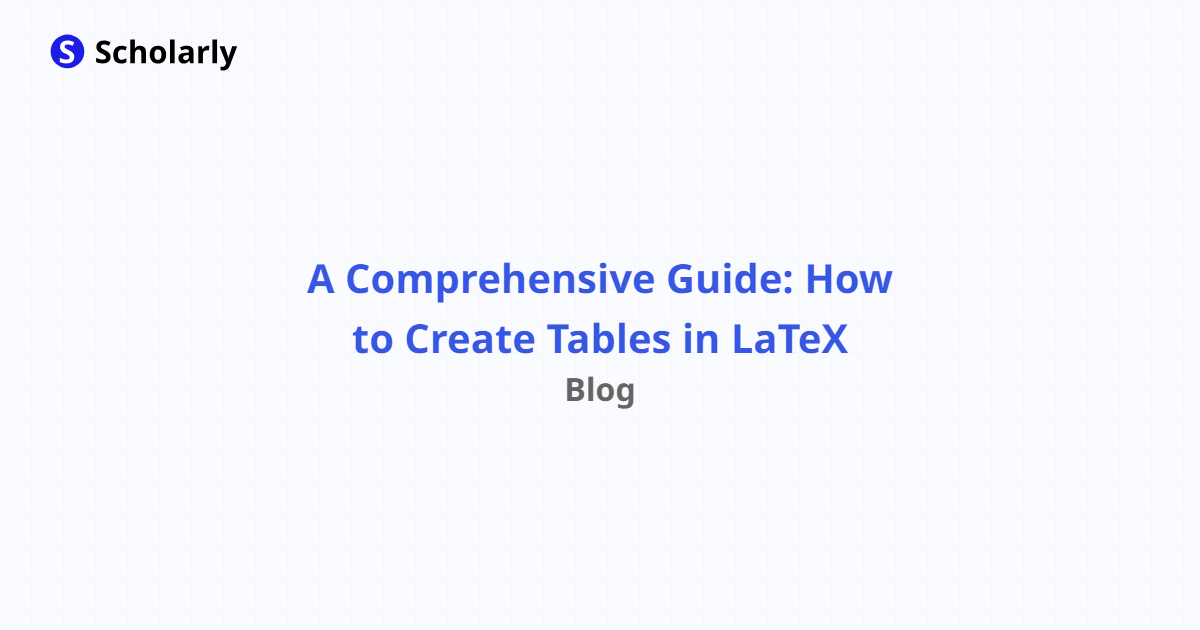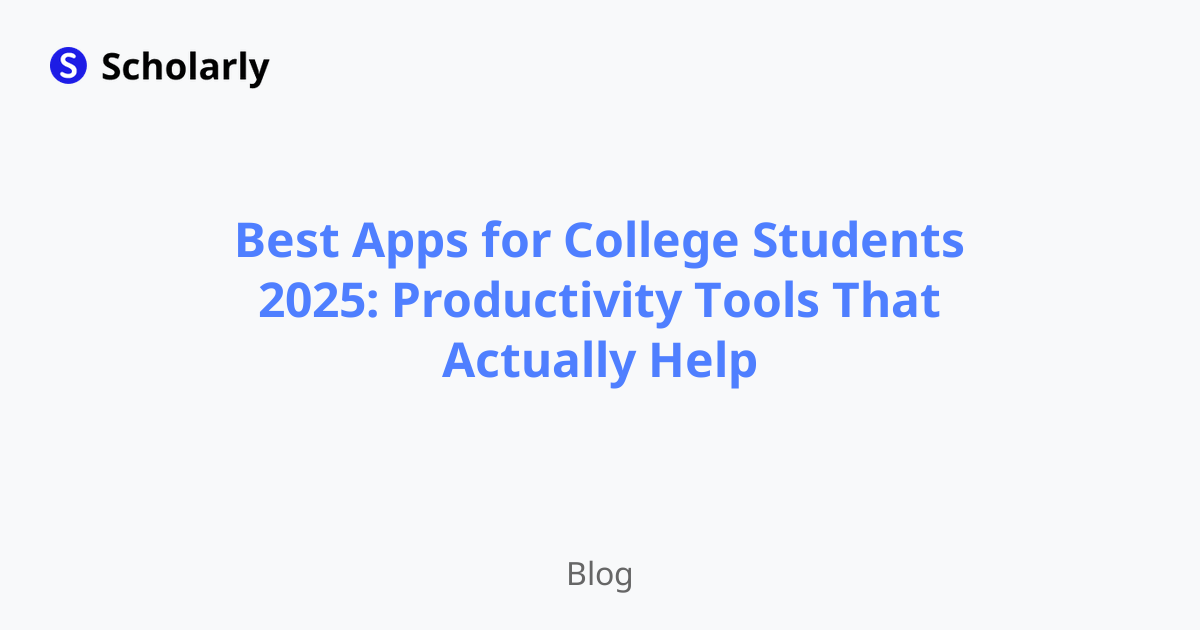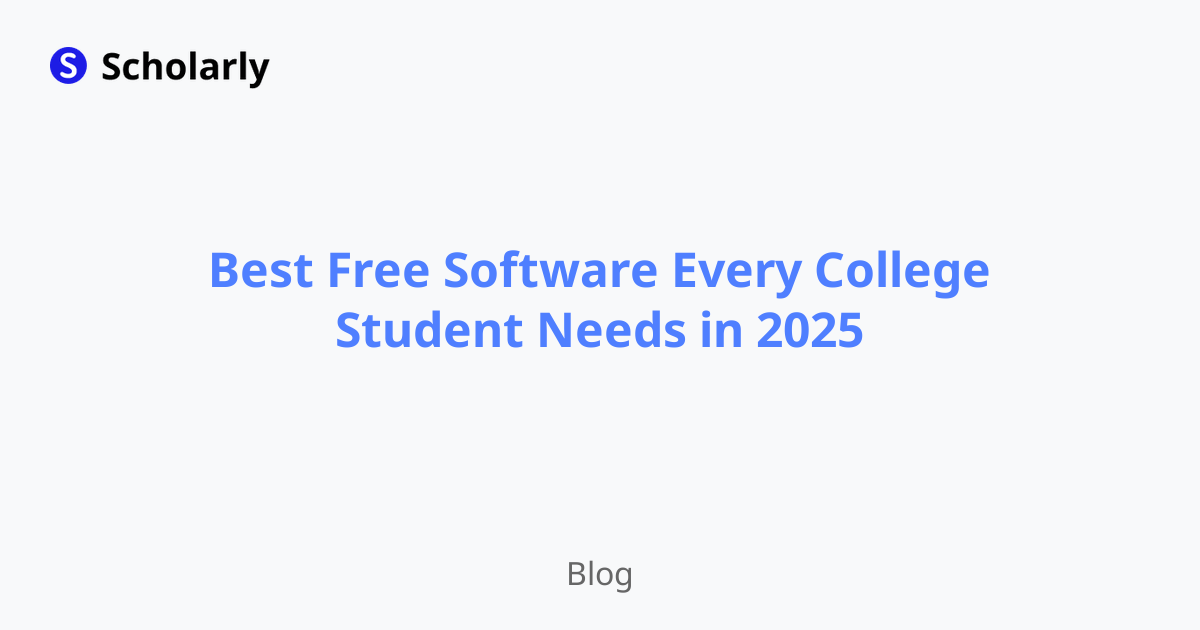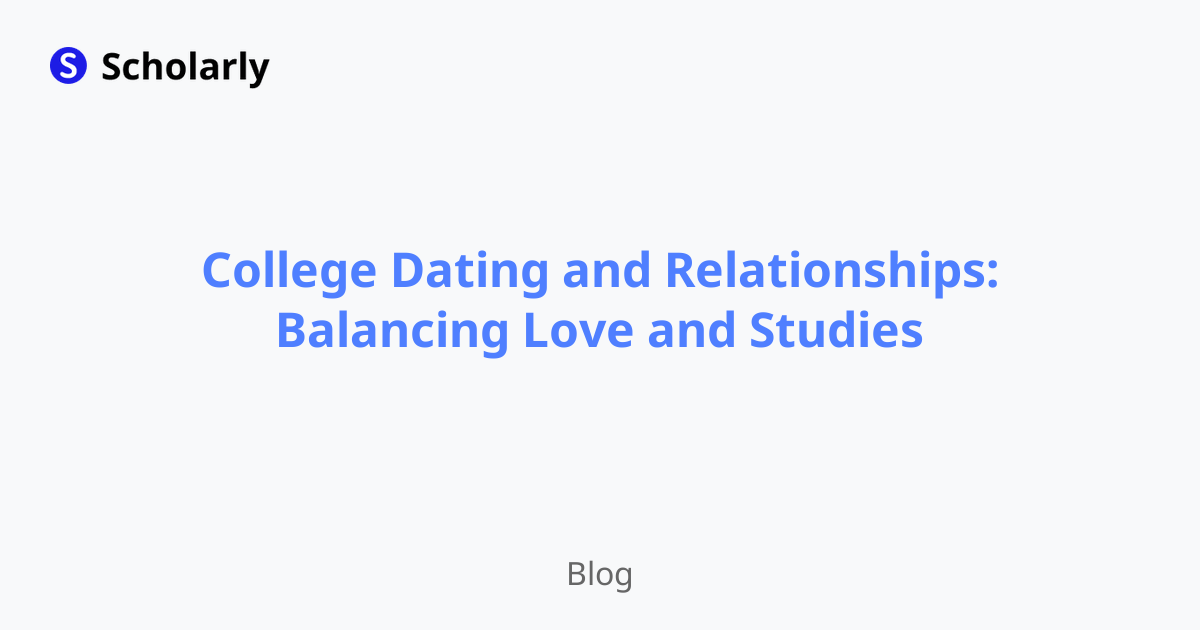A Comprehensive Guide: How to Create Tables in LaTeX
Master LaTeX table creation with this practical guide - from basic tabular environments to advanced formatting that'll make your research papers and lab reports look incredibly professional.

Introduction
Hey there! If you're staring at a mountain of data for your research paper or lab report and wondering how to make it look professional instead of like a hot mess, you've come to the right place. Your study-smart friend is here to walk you through creating beautiful tables in LaTeX that'll make your professors do a double-take.
LaTeX tables might seem intimidating at first (trust me, we've all been there), but once you get the hang of it, you'll wonder how you ever survived with Word's table disasters. Whether you're organizing experimental data for your chemistry lab or presenting survey results for your sociology paper, mastering LaTeX tables is a game-changer for any college student serious about their academic presentation.
The Evolution of LaTeX Tables
The Old Days: Pure Manual Labor
Back in the early days of LaTeX, creating tables was like building furniture with no instructions - you had to manually code everything from scratch. Students would spend hours debugging table syntax instead of focusing on their actual research. Talk about priorities being backwards!
Where We Are Now: Much Better Tools
Today's LaTeX ecosystem is way more student-friendly. The tabular environment handles most basic needs, while packages like booktabs make your tables look publication-ready without the headache. Modern editors like Overleaf even provide visual table builders - a godsend for visual learners who need to see what they're creating.
What's Coming: AI-Powered Table Magic
Here's where it gets exciting: AI tools are starting to revolutionize how we create academic content. Imagine uploading your raw data and having AI suggest the perfect table structure and formatting. Some platforms are already experimenting with this - making LaTeX more accessible to students who want professional results without becoming coding experts.
Why LaTeX Tables Are Worth Learning (Seriously!)
Professor Approval Guaranteed: LaTeX tables look so polished that your professors will think you're secretly a grad student. That professional appearance can genuinely impact how your work is perceived - especially important for research-heavy courses.
Consistency That Actually Works: Unlike Word tables that mysteriously change formatting when you're not looking, LaTeX keeps everything consistent. Your Table 1 will look exactly like Table 47, even in a 50-page thesis.
Flexibility for Complex Data: Need to merge cells for that tricky experimental design? Want to span columns for grouped headers? LaTeX handles complex table structures that would make Word cry.
Automatic Everything: Table numbering, cross-referencing, captions - LaTeX handles it all automatically. When you're writing a 30-page research paper, this stuff saves hours of manual formatting.
Plays Well with Others: Your tables integrate seamlessly with equations, citations, and figures. Everything feels like part of a cohesive, professional document instead of assembled bits and pieces.
Why This Matters for Your Academic Success
Look, I get it - you might be thinking "it's just tables, how important can they be?" But here's the thing: in college, presentation matters almost as much as content. A well-organized table can make the difference between your professor skimming past your data and actually engaging with your findings.
In STEM fields especially, your ability to present data clearly is often what separates good students from great ones. Whether you're documenting results for your organic chemistry lab, presenting statistical analysis for your psychology research, or organizing financial data for your economics project, professional-looking tables demonstrate that you take your work seriously.
Plus, let's be real - when you're competing for research positions, internships, or grad school spots, having that polished academic presentation style sets you apart from the crowd.
Best Practices That'll Save Your Grade
Pick Your Battle (Environment): Different table types call for different approaches. Use
tabularfor basic tables,tabularxwhen you need automatic width adjustment (great for long text), andlongtablewhen your data spans multiple pages. Choose wrong, and you'll be fighting formatting instead of focusing on content.Headers That Actually Help: Your column headers should be so clear that even your sleep-deprived study partner can understand them at 2 AM. "Treatment A" is way better than "T1" - trust me, future you will thank present you for the clarity.
Numbers Need Love Too: Always align numeric data by decimal points. It makes comparisons effortless and shows you know what you're doing. This is especially crucial for scientific data where precision matters.
Ditch the Prison Bars: Professional tables don't need vertical lines everywhere - they look cluttered and amateur. Use horizontal lines sparingly with the
booktabspackage. Your tables will go from "college freshman" to "ready for publication" instantly.Captions That Count: Write captions that tell the complete story. Someone should be able to understand your table without reading your entire paper. Place them above the table and make them descriptive - "Results of enzyme activity experiment" beats "Table 1" every time.
The Real Talk: Pros and Cons
The Good Stuff
Complete Creative Control: Unlike Word's "helpful" auto-formatting that messes up everything you've carefully arranged, LaTeX lets you control every aspect of your table's appearance. When you need that perfect layout for your thesis, this is invaluable.
Set It and Forget It: Automatic numbering and cross-referencing means you can add Table 15 between Tables 3 and 4, and LaTeX handles all the renumbering. No more manually fixing references when you reorganize!
Professional Consistency: Your tables will look uniform throughout your document, giving you that "I definitely know what I'm doing" vibe that professors love.
Plays Nice with Everything: Tables work seamlessly with your equations, citations, figures, and footnotes. Everything feels like part of one cohesive, professional document.
Handle the Complex Stuff: Multi-row headers, merged cells, complex data relationships - LaTeX handles table structures that would break Word or Google Docs.
The Challenges (Let's Be Honest)
Not Beginner-Friendly: There's definitely a learning curve. Your first few tables might take way longer than they would in Excel, but the payoff comes later when you're creating complex academic documents.
No Instant Gratification: You can't see your table as you build it (unless you're using modern editors like Overleaf). This takes some getting used to if you're a visual person.
Time Investment Upfront: Complex tables can take a while to set up initially. Budget extra time when you're first starting out - it's worth it in the long run.
Group Projects Can Be Tricky: Real-time collaboration isn't LaTeX's strong suit. You might need to coordinate more carefully with teammates or use platforms like Overleaf.
Different Mindset Required: If you're used to Excel or Google Sheets, LaTeX tables require thinking more like a programmer than a spreadsheet user.
Choosing Your Table Environment (The Quick Guide)
Think of table environments like different tools in your academic toolkit - each one has its sweet spot:
tabular - Your Go-To Basic Table
Perfect for most college assignments. Simple, straightforward, and handles standard data presentations like experimental results or survey summaries. If you're just starting with LaTeX tables, this is where you want to begin. Great for lab reports, short research papers, and homework assignments.
tabularx - The Smart Width Adjuster
This is your savior when dealing with long text descriptions or when you need your table to fit perfectly within specific margins. Super helpful for literature reviews where you're comparing studies with detailed descriptions, or when you're working with narrow journal formatting requirements.
longtable - The Multi-Page Champion
When your data is too massive to fit on one page (think comprehensive survey results or extensive experimental data), longtable automatically handles page breaks and keeps your headers visible. Essential for thesis work or major research projects where you're dealing with large datasets.
Methods
Method 1: Using the tabular Environment
- Start by including the
tabularpackage in your LaTeX document's preamble:
\usepackage{tabularx}
- Define the table structure using the
tabularenvironment:
\begin{tabular}{|c|c|c|}
\hline
Header 1 & Header 2 & Header 3 \\
\hline
Cell 1 & Cell 2 & Cell 3 \\
\hline
\end{tabular}
- Customize the table by adding additional formatting options, such as vertical and horizontal lines, cell alignment, and merged cells.
Method 2: Using the tabularx Environment
- Include the
tabularxpackage in your LaTeX document's preamble:
\usepackage{tabularx}
- Define the table structure using the
tabularxenvironment:
\begin{tabularx}{\linewidth}{|X|X|X|}
\hline
Header 1 & Header 2 & Header 3 \\
\hline
Cell 1 & Cell 2 & Cell 3 \\
\hline
\end{tabularx}
- Customize the table by adjusting the column widths and adding additional formatting options.
Method 3: Using the longtable Environment
- Include the
longtablepackage in your LaTeX document's preamble:
\usepackage{longtable}
- Define the table structure using the
longtableenvironment:
\begin{longtable}{|c|c|c|}
\hline
Header 1 & Header 2 & Header 3 \\
\hline
\endfirsthead
\hline
Header 1 & Header 2 & Header 3 \\
\hline
\endhead
\hline
\endfoot
\hline
Cell 1 & Cell 2 & Cell 3 \\
\hline
Cell 1 & Cell 2 & Cell 3 \\
\hline
\end{longtable}
- Customize the table by adding additional formatting options and defining the table headers and footers.
AI Impact
The integration of AI in LaTeX editors can revolutionize table creation. AI algorithms can analyze data patterns and suggest appropriate table structures and formatting options. AI-powered LaTeX editors could also provide real-time previews of tables, reducing the need for manual compilation and enhancing the user experience.
AI Applications
Intelligent Table Generation: AI algorithms can automatically generate table structures and formatting based on the provided data, reducing manual coding and formatting efforts.
Data Analysis and Visualization: AI can assist in analyzing complex datasets and generating visual representations, which can be seamlessly integrated into LaTeX tables.
AI Techniques
Natural Language Processing: AI techniques like natural language processing can be used to extract meaningful information from unstructured data sources and convert them into LaTeX tables.
Machine Learning: Machine learning algorithms can analyze existing LaTeX tables to identify patterns and suggest appropriate table structures and formatting options.
AI Benefits
Time and Effort Savings: AI-powered table generation can significantly reduce the time and effort required to create complex tables in LaTeX.
Improved Accuracy: AI algorithms can ensure accurate table formatting and reduce human errors in table creation.
AI Challenges
Data Interpretation: AI algorithms need to accurately interpret the provided data and understand the intended table structure and formatting.
User-Friendly Interface: AI-powered LaTeX editors must provide a user-friendly interface that allows users to easily interact with and customize the generated tables.
Tools That Make LaTeX Tables Less Painful
Overleaf - The gold standard for online LaTeX editing. Real-time preview, collaboration features, and a huge template library. Most college students swear by this for group projects and thesis writing.
Scholarly - Here's where it gets interesting for busy college students. This AI-powered platform is like having a study-smart friend who's also a LaTeX expert. It can help generate table structures, suggest formatting, and integrates with your other study materials like notes and flashcards. Think of it as Duolingo for everything you learn in school - making complex academic skills more approachable and manageable.
LaTeX Base & Papeeria - Solid alternatives with clean interfaces and good collaboration features. Great options if you want something simpler than Overleaf but more powerful than basic editors.
Your Next Steps to Table Mastery
Look, mastering LaTeX tables isn't something that happens overnight, but it's absolutely worth the investment. Start with basic tabular environments for your next lab report or research paper. Practice with real data from your courses - your organic chemistry results, psychology survey data, or economics problem sets.
The key is to start small and build confidence. Once you see how professional your work looks compared to hastily-formatted Word tables, you'll never want to go back. And when you're ready to level up your entire academic game - from table creation to note-taking to study strategies - tools like Scholarly can help you integrate these skills into a comprehensive study system that actually works with your college lifestyle.
Remember: every professional researcher, every published scientist, every successful academic started exactly where you are right now. The difference is they took the time to master the tools that make their work shine. Your future self (and your GPA) will thank you for investing this time now.
Try Our Popular AI Study Tools
Transform your study materials into interactive learning experiences with our most popular AI-powered tools:
PDF to Flashcards
Convert lecture notes and textbooks into study flashcards instantly
Text to Flashcards
Turn any text or notes into comprehensive flashcard sets
Image to Flashcards
Convert diagrams and handwritten notes into digital flashcards
YouTube to Flashcards
Generate flashcards from educational video content



